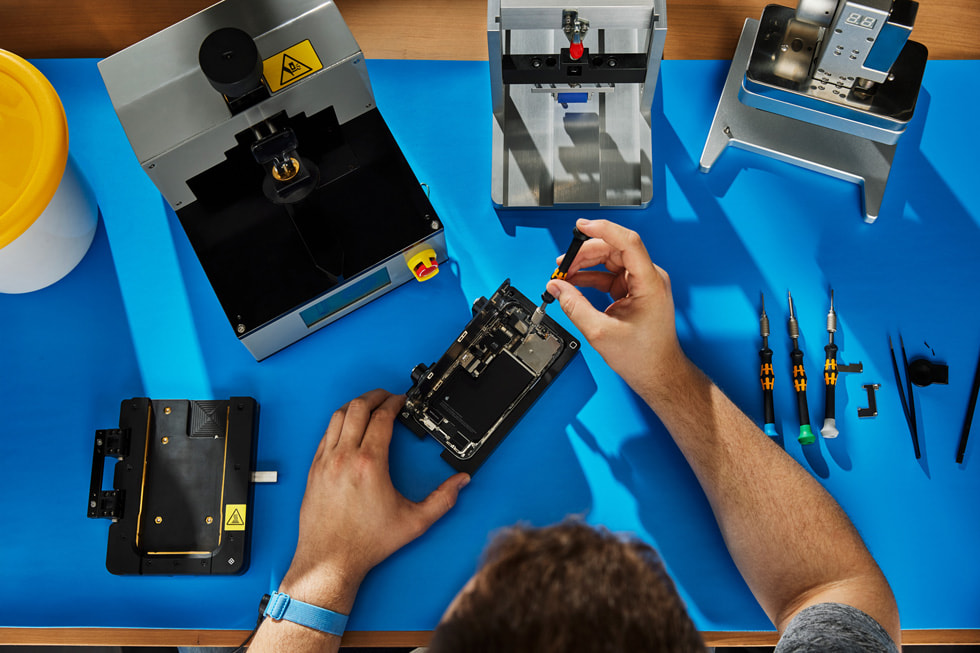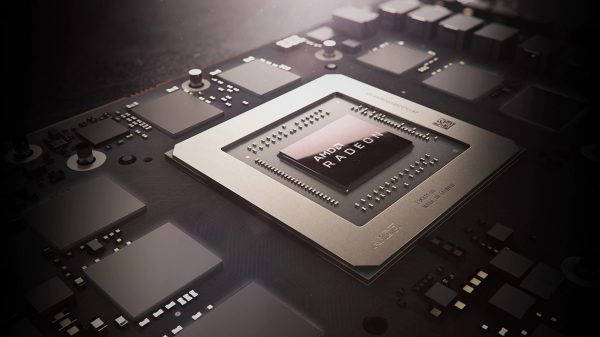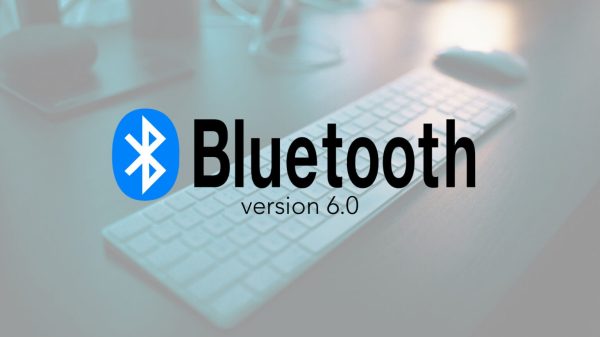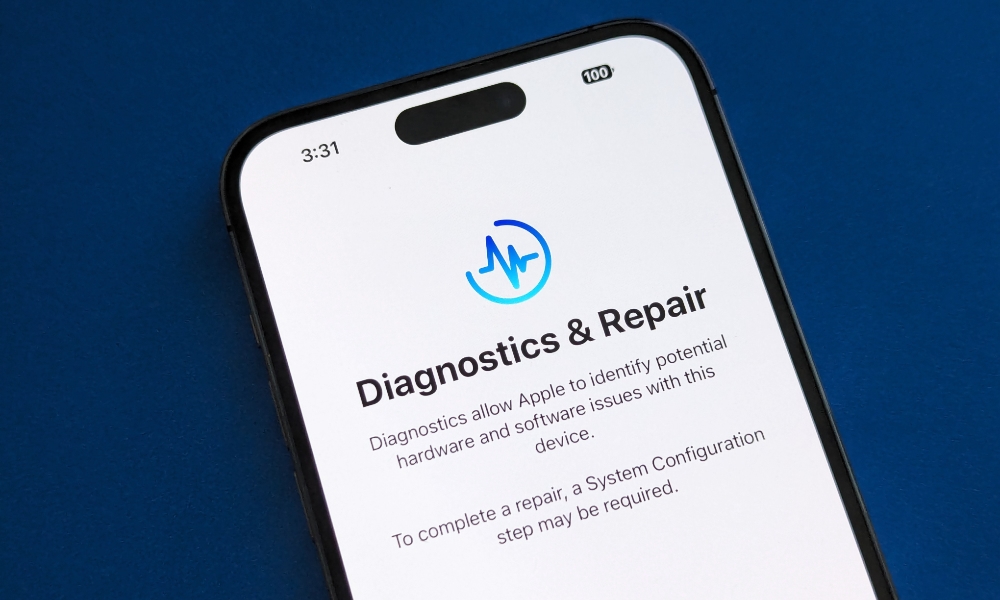Apple has announced significant changes to its policies regarding third-party repairs for iPhones, marking a notable shift in its approach. In its latest white paper titled “Longevity, by Design,” Apple outlined plans to extend software support for third-party replacement batteries and displays installed in iPhones.
This means that users who opt for third-party repairs will no longer face deactivation of features like True Tone and battery health data, which previously occurred if non-Apple parts were detected.
True Tone is a feature that adjusts the iPhone display’s white balance based on ambient light conditions. Currently, Apple disables True Tone when third-party screens are installed due to compatibility concerns.
However, Apple has stated that later this year, it will allow users to activate True Tone with third-party parts, although it cautioned that performance may vary and accurate color representation cannot always be guaranteed.

Apple’s Shift: Embracing Third-Party Repairs in Longevity, by Design
Regarding third-party replacement batteries, Apple will display its health metrics to users but will notify them that it cannot verify these metrics. This move comes after internal analysis revealed instances where second-hand batteries with altered metrics were sold as new. Despite displaying 100% maximum capacity, the actual state of the battery may not reflect this metric accurately.
Apple’s decision marks a departure from its previous stringent stance against third-party repairs. Historically, the company has implemented measures that made it challenging for third-party repairers to work on iPhones, particularly regarding display replacements.
However, recent developments suggest a gradual opening up of its repair ecosystem. For instance, starting this fall with the iPhone 15 and newer models, Apple will allow iPhones to be repaired using genuine used parts, further indicating a shift towards more openness in repair options.
These changes reflect Apple’s evolving approach to repairs, aiming to balance user choice with its own quality and security standards. By extending software support for third-party components while acknowledging potential performance variations, Apple seeks to provide users with more flexibility in maintaining and repairing their devices.









































